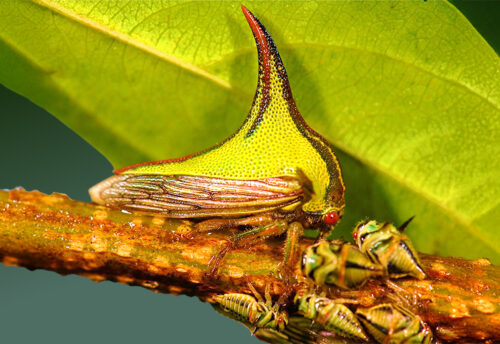
The cowrie, aka cowry, is a sea snail in the family Cypraeidae. Their shells have almost become synonymous with beach life. They have held cultural, economic, and ornamental importance in various cultures for centuries. These creatures face the threats of overfishing, over harvesting, habitat loss and destruction, pollution, and climate change (which can cause the excessive warming of the sea water). Many cowries are listed as Endangered by the IUCN.
First the Stats…
Scientific name: Cypraeidae
Weight: Up to 4 ounces
Length: Up to 7.5 inches
Lifespan: Up to 9+ years
Now on to the Facts!
1.) The word porcelain hails from the old Italian term for the cowrie shell (porcellana) due to the similar, shiny appearance.
2.) They are the shell most widely used throughout the world as shell money.
3.) Cowrie shell money was very important in the trade networks of Africa, southern Asia, and eastern Asia.
4.) Chestnut cowries are the only species of cowrie native to the eastern Pacific Ocean off the coastlines of the United States.
5.) Cowrie shells are usually sort of egg-shaped and often very shiny.
But wait, there’s more on the cowrie!
6.) The rounded portion of the shell is called the Dorsal Face. The flat under side is called the Ventral Face, which displays a long, thin, slit-like opening, aka aperture, which is usually toothed along the edges.
7.) Hawaii’s granulated cowrie is the only known species without a distinct shine.
Did you know…?
The word cowrie hails from Hindi कौडि (kaudi), which is also derived from Sanskrit कपर्द (kaparda).
8.) Cowrie shells, especially the species Monetaria moneta, were commonly used for centuries as currency by native Africans.
9.) Western nations, primarily via the slave trade, introduced massive numbers of Maldivian cowries in Africa.
10.) Beginning over 3,000 years ago, cowrie shells, or variants of these shells, were utilized as Chinese currency.
But wait, there’s still more on the cowrie!
11.) The Ojibwe aboriginal people from North America use cowrie shells which are termed sacred miigis shells or whiteshells in Midewiwin ceremonies. Subsequently, the Whiteshell Provincial Park in Manitoba, Canada is named after this shell.
12.) It is not entirely clear how the Ojibway traded for or even found these shells, being so far inland, so far north, and at quite a distance from the sea snail’s natural habitat.
Did you know…?
The Classical Chinese character for money (貝) originally started as a conceptualized drawing of a Maldivian cowrie shell.
13.) In Eastern India, especially in West Bengal, cowrie shells are given as a token price for the ferry ride of a departed soul in order to cross the river “Vaitarani”.
14.) These shells are also often worn as jewelry, ornaments, and/or charms.
15.) On the Fiji Islands, a golden cowrie shell was drilled at both ends and worn on a string around the neck by chieftains to display rank.
But wait, there’s still a bit more on the cowrie!
16.) The shells are often used as a type of dice in board games such as Pachisi or Ashta Chamma. They can also be utilized in divination ceremonies.
17.) In Nepal cowries are utilized in a gambling game, as such, 16 pieces of cowries are thrown by 4 different bet placers (and sub-bet placers beneath them). The game is often played in homes and out in public during the Hindu festival of Deepawali or Tihar.
Did you know…?
Cowries can lay upwards of 100 eggs per capsule. Eggs can take up to 4 weeks to hatch.
18.) In circa 1940s & 1950s, small cowry shells were sometimes used as a teaching aid in preschools to teach children how to add, subtract, and count.
19.) Cowries reproduce through internal fertilization, where the female cowry mates with a male, then lays a cluster of eggs that she actively broods by covering them with her foot until the eggs hatch into free-swimming larvae.
20.) Cowrie larvae are called veligers and they eventually settle on the ocean floor to develop into juvenile cowries.
Now a Short Cowrie Video!
Be sure to share & comment below! Also, check out the Critter Science YouTube channel. Videos added regularly!
Want to suggest a critter for me to write about? Let me know here.
Some source material acquired from: Wikipedia & IUCN




